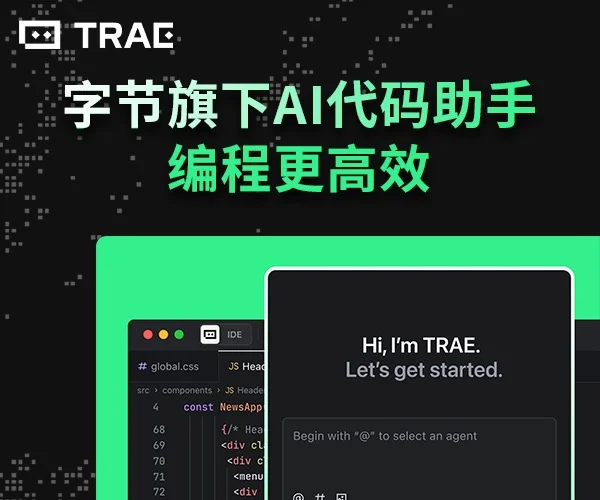F5 BIG-IP Declarative Onboarding
If you are using a single NIC BIG-IP system, you must include port 8443 after the IP address of the BIG-IP in your POST and GET requests, such as https://
BIG-IP DO records error messages in /var/log/restnoded/restnoded.log.
The first time you POST a BIG-IP Declarative Onboarding declaration, the system records the configuration that exists prior to processing the declaration. BIG-IP Declarative Onboarding is meant to initially configure a BIG-IP device. However, if you POST subsequent declarations to the same BIG-IP system, and leave out some of the properties you initially used, the system restores the original properties for those items. Important: No matter what you send in a subsequent declaration, BIG-IP Declarative Onboarding will never unlicense a BIG-IP device, it will never delete a user, and it never break the device trust once it has been established. Thus, while BIG-IP Declarative Onboarding is declarative, it is not idempotent.
You can use GET to retrieve a sample declaration. Use GET to https://
When you POST a declaration, while the system is processing the declaration, the HTTP connection can be broken, especially when provisioning modules. You can use the property “async”: “true”, in your declaration, and then use GET to poll for status.
If you POST a declaration that modifies the password for the admin account, even if the declaration returns an error, the password can be changed. Therefore you may need to update the admin password in the client you are using to send the declaration.
After using BIG-IP Declarative Onboarding, if you want to use a declarative model to configure applications and services on a BIG-IP device, see the Application Services 3 (AS3) documentation.
https://clouddocs.f5.com/products/extensions/f5-declarative-onboarding/latest/prereqs.html






 浙公网安备 33010602011771号
浙公网安备 33010602011771号